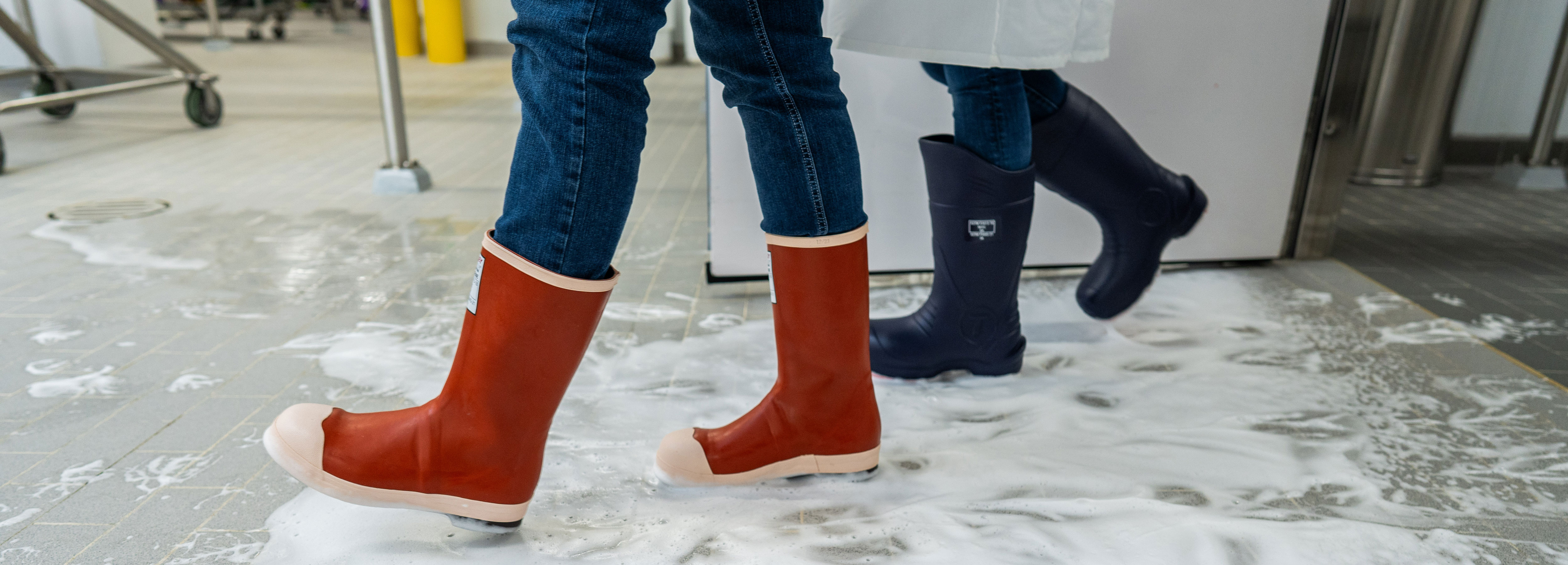
Maintaining a clean and safe food processing environment – from the ground up – is paramount. That's why Nelson-Jameson partners with industry leaders like Delfin Industrial to bring exceptional dust mitigation solutions to help achieve that goal and protect employees, consumers, and your products.
Below, we discuss industrial vacuums and dust collectors. But first, it’s important to remember that any vacuum or dust collection system is only as good as its maintenance routine. Scheduled filter changes and regular maintenance ensure safe and efficient industrial vacuum operation, preventing costly and dangerous situations.
Want to learn more about maintaining your industrial vacuum? Download our complimentary Preventative Maintenance Checklist here to ensure your equipment is always working effectively.
Read on to learn more about industrial vacuums and dust collectors ▼
Delfin's comprehensive line of industrial vacuums and dust collectors is designed to tackle the challenges of fine dust and loose materials, including potentially hazardous combustible dust.
Industrial vacuums excel at removing dust directly from surfaces like production lines and machinery, offering the convenience of portability or fixed suction for direct extraction. Here’s what you should look for in an industrial vacuum system:
Dust collectors, on the other hand, are engineered to remove airborne dust generated during your manufacturing processes. Handling a much larger air volume, dust collectors utilize high airflow and filtration systems to capture particulates, returning clean air to your facility or exhausting it externally. Options like extraction arms and HEPA filters make for even better efficiency.
Addressing combustible dust is crucial in many food processing environments. As defined by NFPA 660, combustible dust presents a flash fire or explosion hazard when suspended in air. Learn more about combustible dust prevention here and watch Nelson-Jameson’s webinar below:
Now that you know about vacuums, dust collectors, and maintenance, click here to see the entire lineup of Delfin Industrial solutions at Nelson-Jameson!


Amanda is a Key Account Specialist at Nelson-Jameson.

December 1, 2025
Nelson-Jameson understands that efficiency and worker safety are equally important goals in food manufac...

November 26, 2025
For food manufacturers, a lapse in either worker safety or food safety can initiate a domino effect. It ...

November 26, 2025
Ensuring worker safety and maximizing operational efficiency are not mutually exclusive goals in a food ...